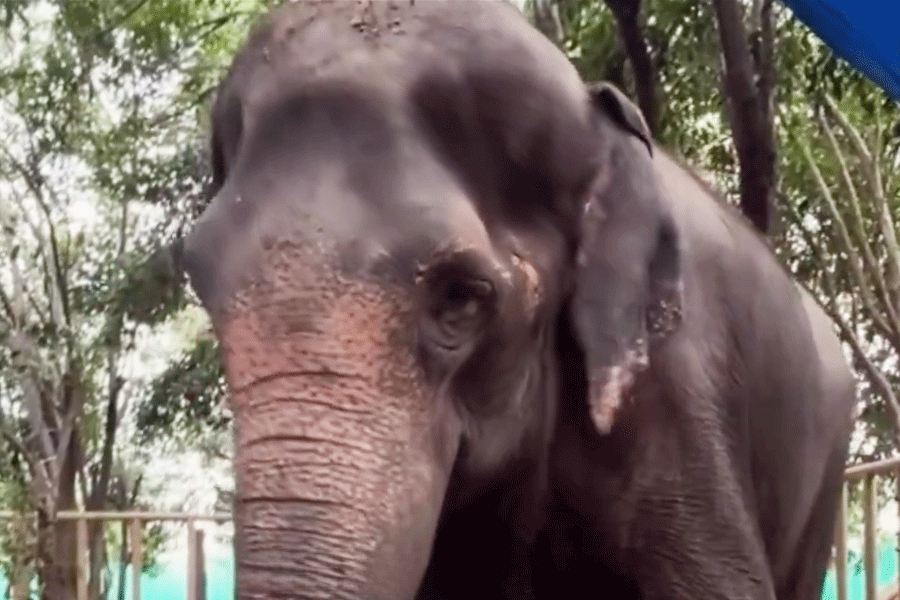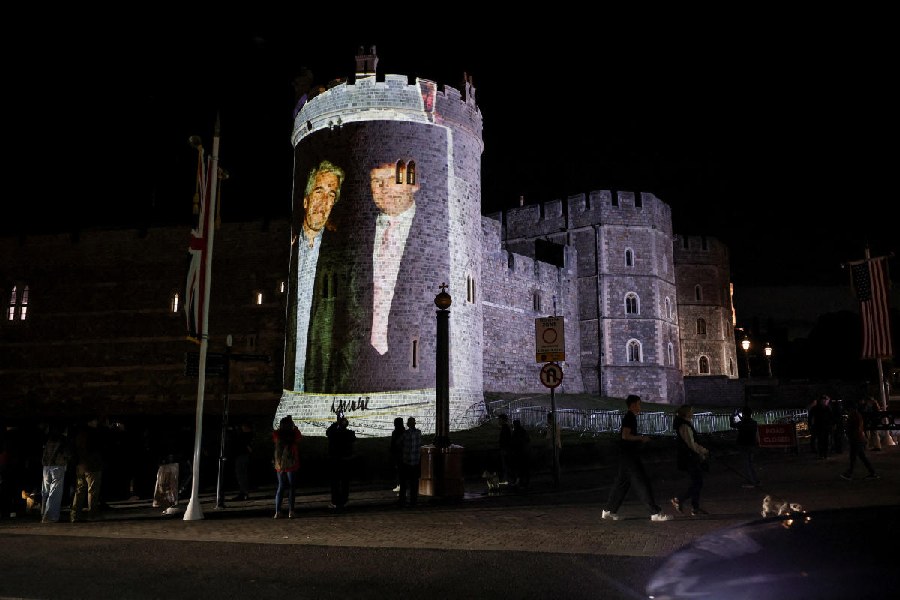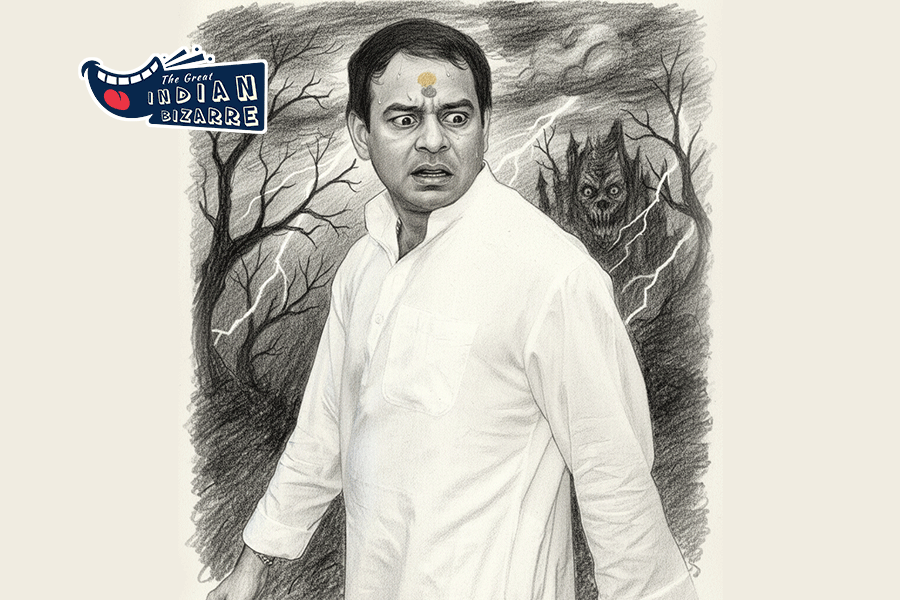 |
Sunday morning, 5.40.27am: A bomb goes off at the staircase of the Bodhi tree, under which the Buddha is said to have attained enlightenment. Ten seconds later, a young couple is seen walking past, covering their ears with their hands. They then stop, turn to see what has happened and then, having realised it’s an explosion, they flee from the spot.
Two minutes later, there’s a scurry among the devotees to leave the Mahabodhi temple complex, the holiest shrine for Buddhists.
These are some of the pictures of Sunday morning’s serial explosions captured by 15 CCTV cameras installed all around the sprawling Mahabodhi Mahavihara complex. In all, the complex has 16 CCTV cameras, but one has been out of order for about a month.
Officials of the National Investigation Agency (NIA), who reached Bodhgaya late on Sunday evening, scanned the footage on Monday to get clues into the daring attack on the shrine and some other structures in the vicinity of the temple. The NIA team, comprising one inspector-general, two superintendents of police and one additional SP, is analysing the hard disk of the computer that records the CCTV footage.
The closed-circuit cameras were installed in the complex in 2008 when intelligence inputs suggested a threat to the temple.
The CCTV recording room is located in the chamber of the secretary of the Bodhgaya Temple Management Committee (BTMC), which was, until yesterday, in charge of security inside the complex. But strangely, police sources said, there was no regular monitoring of the footage. Sources said that during security review meetings of the mahavihara, it had been suggested that the local police should also monitor the footage.
In fact, the sources said, at a security review meeting held as recently as on July 3, Magadh range deputy inspector-general (DIG) of police Nayyar Hasnain Khan had wanted to know what had happened to the monitoring of CCTV footage by the police or by the BTMC staff. The BTMC representative had said that a separate room had been constructed near the reception of the Mahavihara campus where a screen will be installed and a staff member would be deputed to regularly monitor the footage.
The NIA team obtained the footage on Monday afternoon after completing collection of samples.
Normally, the CCTV footage stretching from about two days before and after the incident is monitored. But, sources said, the immediate focus of the sleuths is on the footage between 5am and 7am on Sunday.
“Since the flow of devotees and monks to the temple begins from around 5 in the morning, we are looking at the footage of that time,” said an investigator, who wished to remain anonymous as he is not authorised to speak on the probe.
Sources in the NIA said the cylinder bombs were triggered by analogue timer clocks, which were set for 5.30am on Sunday. The sources said the timers can be set only for a 12-hour period. The explosives were packed neatly in cylinders, each of which weighs about 2.5kg.
The sleuths, who have a trained eye, are closely looking at the actions of the people to see if anyone is moving in a suspicious manner. “Usually, we can spot a suspect by their countenance or activity which is different from others. They don’t behave normally, which often catches our attention,” said the source.
Those found to be moving in a particular area at frequent intervals come on the radar of the investigators. In addition, the investigating agency tries to figure out any unusual movements in the video recording — like looking at one’s watch frequently or anyone showing signs of anxiousness in the face or any unusual body language.
NIA sources said they are preparing the sketches of three persons based on the CCTV footage. But, the source cautioned, the faces in the footage are not very clear and hence they were not releasing the sketches.
The sleuths will have to depend on information from local residents to get information about the suspects. For this, help from the local police station will be sought.
So far, though, the sleuths have not been able to spot anyone entering the premises with cylinders.
The cylinders, which are filled with LPG, are sold illegally at some gas repair shops and are popular among students living in hostels or sharing an accommodation and daily wage earners.
Investigators suspect the cylinders may have been brought in by the attackers either by scaling the walls at the back of the complex or they may have hidden them underneath the civara — the long flowing and loose saffron robes worn by Buddhist monks.











